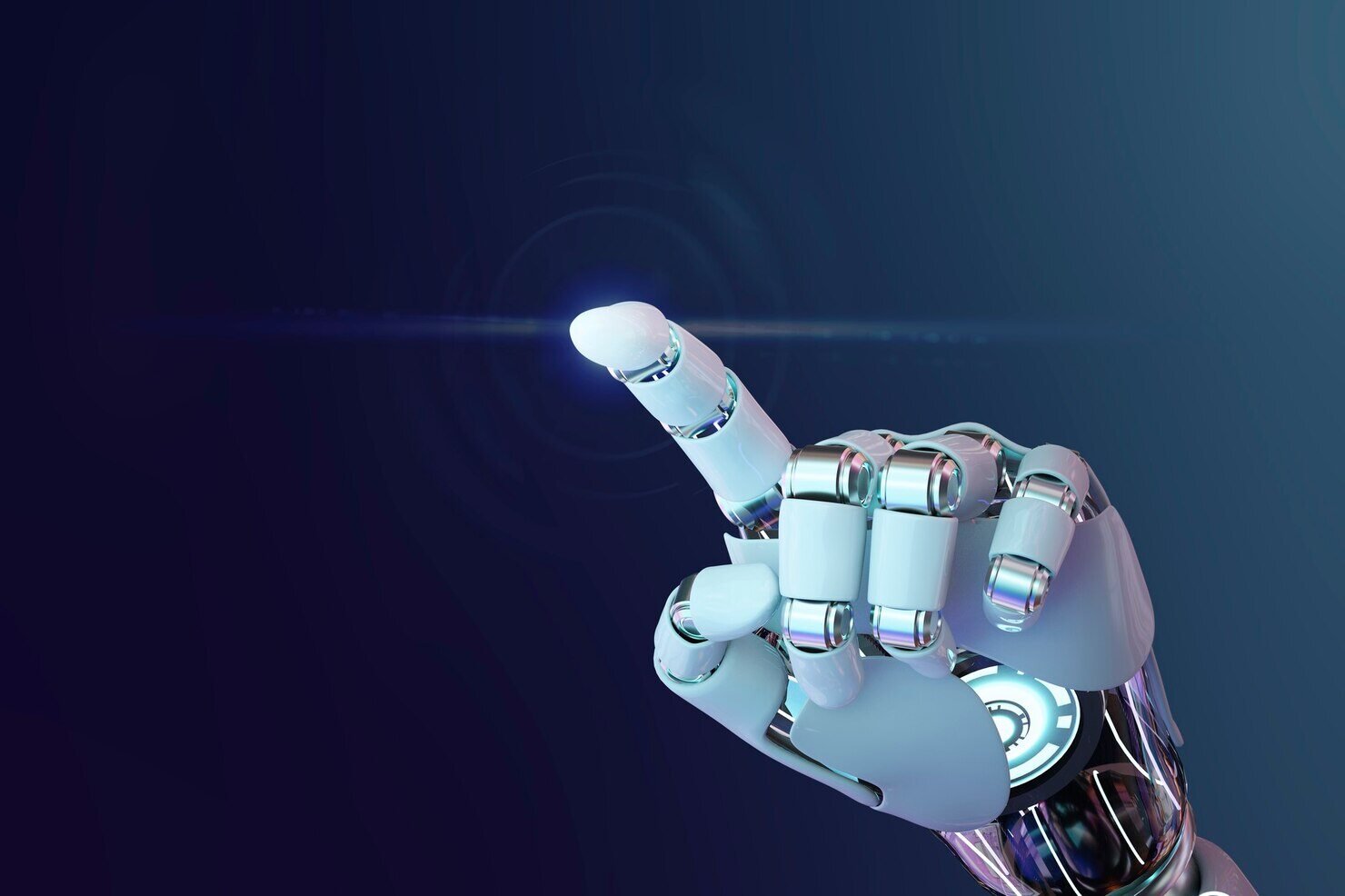Artificial Intelligence (AI) has become a rapidly growing technology used across various sectors.
In general, AI refers to systems or machines designed to mimic human intelligence, from processing data to making decisions. For example, AI functions as a virtual assistant, for data analysis, or facial recognition.
But how exactly does artificial intelligence work? Let’s dive into the details.
Why Was Artificial Intelligence Created?
The creation of AI aims to help humans solve various problems more efficiently. Here are some of the key reasons behind its development:
1. AI Increases Efficiency and Productivity
Humans have the capacity to think and produce, while AI, as a machine, can operate continuously without rest. One example of AI’s work is data analysis, which can be done in massive amounts and without interruption. The way artificial intelligence works, which is equal to or even surpasses human capabilities, makes it a valuable companion in the workplace.
2. Solving Complex Problems
Artificial intelligence is designed to learn from data, enabling it to solve complex problems. Examples include predicting diseases, analyzing data, performing calculations, navigating knowledge, or managing large-scale information systems.
3. Improving Quality of Life
In the medical field, AI helps diagnose diseases faster and more accurately. Meanwhile, in transportation, AI is integrated into self-driving cars to enhance safety and comfort. Essentially, AI was created to reduce human workloads, ultimately improving quality of life.
Four Scientific Disciplines of Artificial Intelligence
The way artificial intelligence works involves multiple processes that allow machines or systems to learn and make decisions. AI is built upon several key disciplines, namely:
1. Machine Learning
Machine learning is a subset of AI that enables a system or machine to learn from existing data. This AI system can analyze data, identify patterns, and make predictions or decisions based on that data. However, machine learning requires structured or organized data. For example, in the financial sector, machine learning is used to detect suspicious transactions by analyzing previous transaction patterns.
2. Deep Learning
Deep learning is a more advanced form of machine learning that works on a more complex level. It uses models inspired by the workings of the human brain, featuring multiple layers that process data in greater depth to recognize more intricate patterns.
Deep learning is often used to process large, unstructured datasets such as images, videos, or audio. Because of its advanced capabilities, deep learning does not require human assistance to identify important features from data—it can learn independently from vast amounts of information. A key example is deepfake detection technology, which recognizes facial and voice patterns with high accuracy.
3. Natural Language Processing (NLP)
NLP is a branch of AI that enables computers to understand, analyze, and respond to human language, whether in text or speech form.
4. Computer Vision
Computer vision is a technology that allows computers to perceive and interpret images or videos. This enables AI to recognize objects and take actions based on the information received. One example of AI in this field is face recognition.
How Artificial Intelligence Works
The four AI disciplines operate through the following processes:
1. Data Collection
Data is the fuel that drives artificial intelligence. AI systems require vast amounts of data to function. This data can take various forms, including text, images, videos, or audio, depending on the AI application. For example, an AI system for facial recognition requires extensive image datasets, while generative AI, such as ChatGPT, collects text, images, videos, and audio to assist humans in thinking and analyzing.
2. Data Processing
Once data is collected, artificial intelligence processes it using a series of algorithms. These algorithms consist of rules or instructions used to analyze and identify patterns in the data.
For instance, an image recognition algorithm breaks down an image into smaller components to detect specific features such as shapes or colors. This step is crucial for processing further data.
3. Learning Process
A key component of AI is machine learning. At this stage, artificial intelligence learns to recognize patterns based on processed data. For example, after training an AI system with voice recognition algorithms, it begins identifying specific speech patterns to understand spoken words.
4. Decision-Making
After learning from data, artificial intelligence can make decisions based on recognized patterns. A common example is product recommendations in e-commerce platforms. Through data collection, processing, and learning, AI can suggest products that match a user’s preferences.
5. Continuous Improvement and Adaptation
One of AI’s biggest strengths is its ability to continuously learn from new data. Every time it processes new data, AI adjusts its algorithms to improve accuracy.
Types of Artificial Intelligence
Here are four main types of AI:
1. Reactive Machines
This type of artificial intelligence lacks memory and is only designed for specific tasks. Each input always produces the same output. A classic example is autonomous vehicles, which only perform tasks as commanded without memory or learning capability.
2. Limited Memory Machines
This AI model mimics how neurons in the brain work, allowing it to learn from accumulated data. The more data it receives, the smarter it becomes as it continuously trains itself with new information. A prime example is OpenAI’s ChatGPT, which processes data and can be trained with additional datasets.
3. Theory of Mind
This type of AI has not yet been fully developed, but its concept is that AI would be able to understand that other entities (humans or machines) have thoughts and emotions. If AI could comprehend thoughts and emotions, it could interact with humans more effectively.
4. Self-Awareness
This is an even more advanced type of AI that has not yet been realized. Self-aware AI would function almost like human cognition, possessing an awareness of its own existence, understanding its state, and predicting human emotions or reactions.
Artificial intelligence is no longer a technology of the future—it has already become an integral part of our daily lives. With its human-like learning and decision-making capabilities, AI continues to evolve and become increasingly intelligent over time.
Understanding how AI works is an essential step toward recognizing how this technology will continue to shape our lives in the future.

.png)


